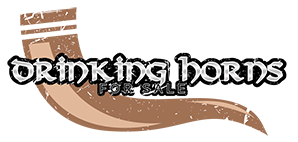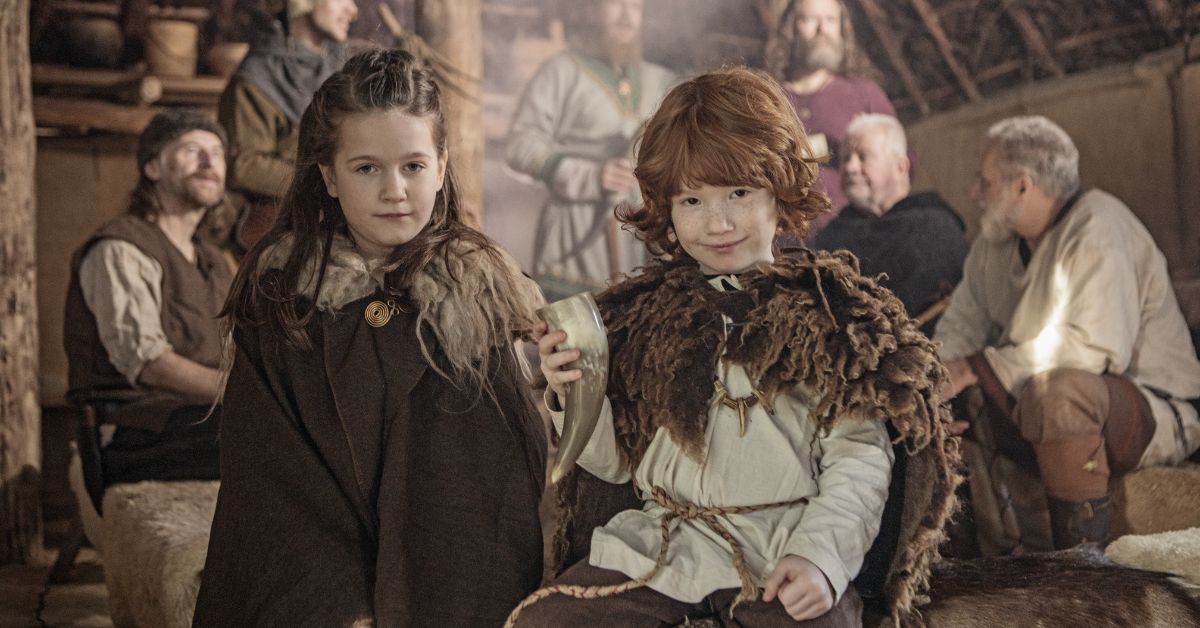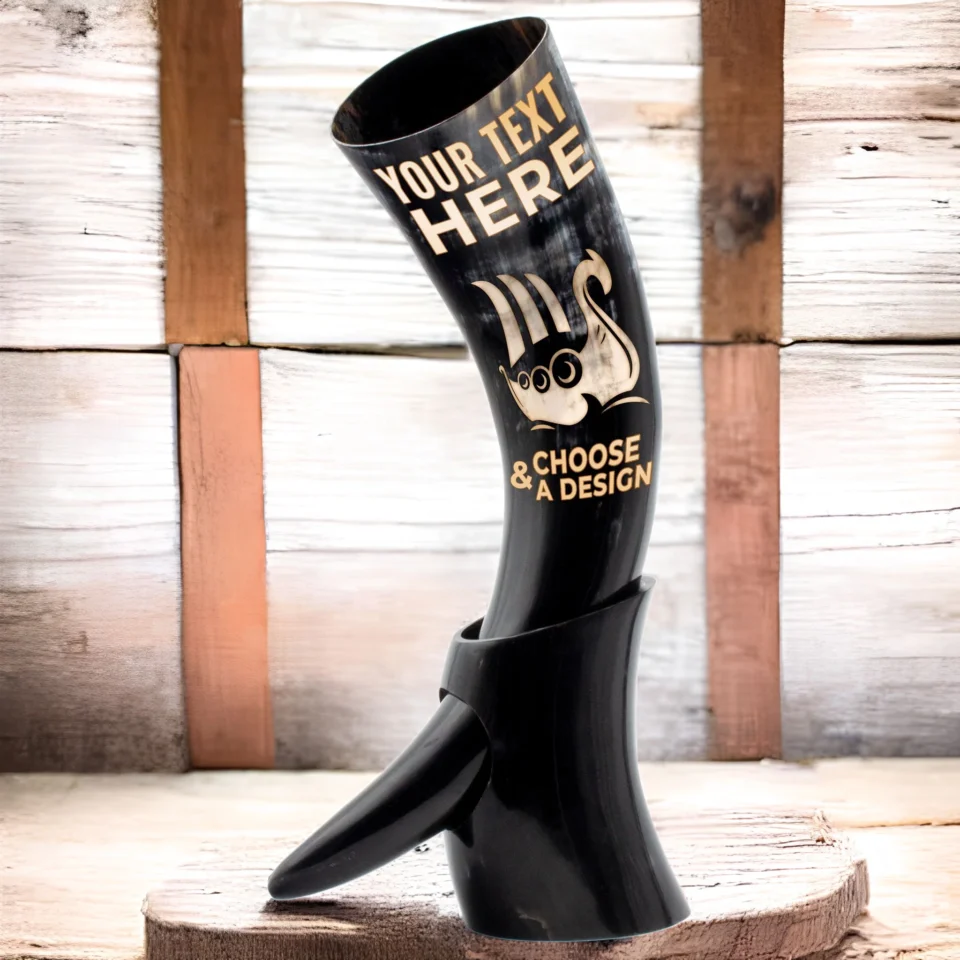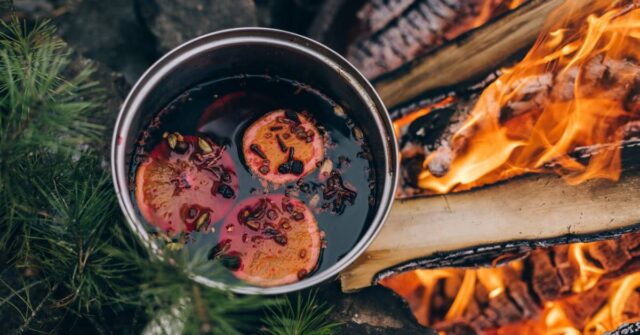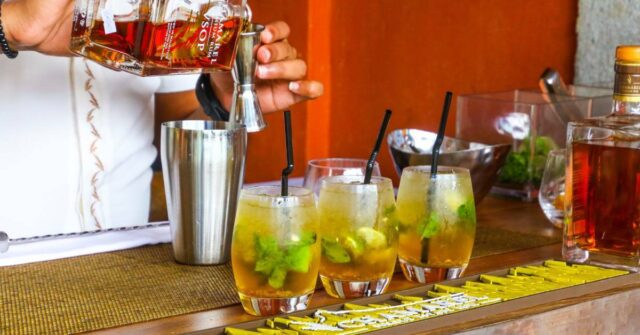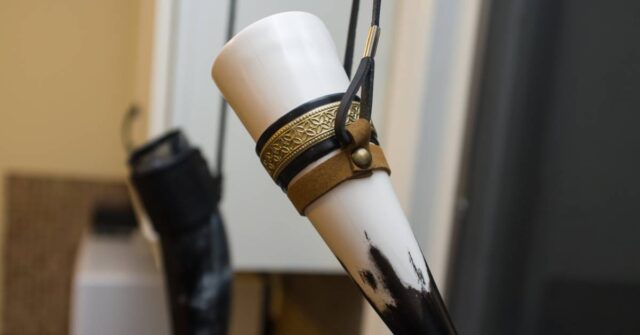Delving into the depths of historical drinking traditions reveals not just a peek into the past, but also uncovers how ancient methods can enrich our modern sensory experiences.
Drinking horns, once a staple in medieval tables, are not merely vessels of old-world charm but are sophisticated tools for enhancing the flavor of beverages.
Introduction to Drinking Horns
Drinking horns have adorned many a festive gathering through the centuries, evolving from mere drinking tools to symbols of power and prestige.
Originating from the horns of bovids, these intriguing containers have been part of human culture across Europe, Asia, and Africa.
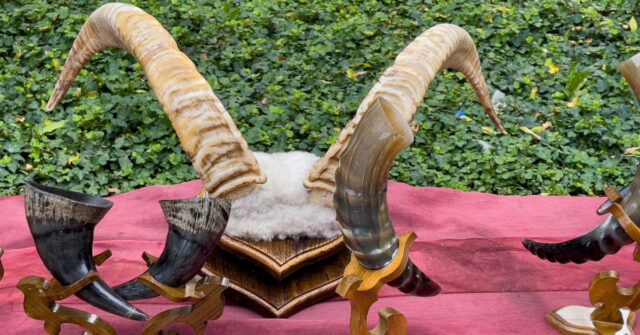
Historical Significance and Origins
The use of animal horns as drinking vessels dates back to the Neolithic period, becoming prominent with the Vikings and Anglo-Saxons whose traditions celebrated the horn’s robust form and function. Historically, horns were often associated with heroic deeds and communal bonds during ceremonies.
Types of Drinking Horns and Their Uses
From the simple cow horn to elaborately decorated ceremonial pieces, drinking horns vary widely in design.
Some were used daily, while others were reserved for significant occasions. The choice of horn and its preparation are often related directly to its intended use and the status of its owner.
The Material Impact on Flavor
The material of a drinking vessel can significantly influence the taste experience of its contents, a fact well-understood by ancient peoples.
Natural horn possesses unique characteristics that interact with beverages in distinctive ways.
Properties of Natural Horns
Composed mainly of keratin, the same material as human hair and nails, natural horns offer a porous structure that can subtly affect the flavor of beverages, often enriching the depth and complexity of taste.
Comparative Analysis: Drinking Horns vs. Modern Drinkware
When compared to glass or ceramic, horns offer a more dynamic taste experience.
This is due to the natural texture and makeup of the horn, which interacts with beverages differently, potentially altering their chemical structure and enhancing flavor notes.
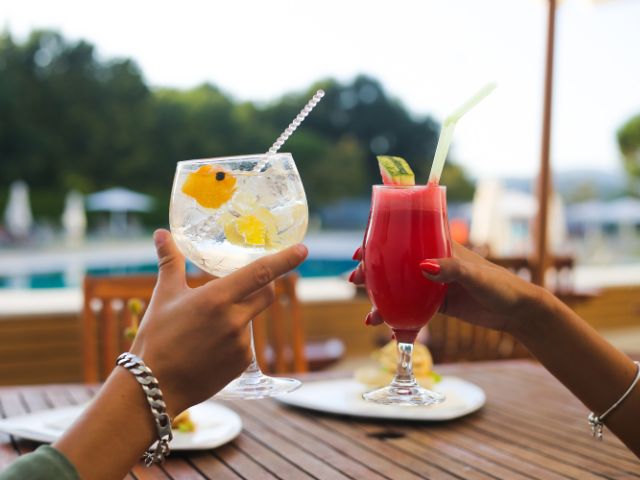
Scientific Perspectives on Taste Enhancement
Understanding how drinking horns enhance flavors requires a look at both chemical interactions and physical properties.
Chemical Interactions Between Beverage and Horn
The interaction between the beverage and the keratin of the horn can lead to subtle chemical changes, potentially smoothing out the harsher notes of a drink and amplifying its milder flavors.
Impact of Horn’s Microstructure on Flavor
The microstructure of a horn, characterized by its unique keratin layers, can mildly influence the taste and aroma of its contents, making each sip slightly different from those from non-organic materials.
Cultural and Ritualistic Influences on Flavor Perception
The experience of flavor is not just physical but deeply cultural. Drinking from a horn carries with it histories of celebration, valor, and community that can enhance the psychological perception of taste.
The Role of Tradition in Taste
Traditions shape how we perceive and enjoy food and drink.
The ceremonial use of drinking horns in rituals often makes the beverage taste more intense and satisfying due to the atmospheric and emotional weight of the occasion.
Psychological Effects of Drinking from Horns
Drinking from a horn can transform an ordinary moment into something spectacular, affecting how we perceive the flavors of the drink through the lens of history and majesty.
Practical Considerations for Using Drinking Horns
While the allure of drinking horns is undeniable, practical considerations must be addressed to fully enjoy their benefits.
Maintenance and Care
Proper maintenance is crucial for preserving the integrity and functionality of drinking horns. Regular cleaning and occasional conditioning with oil will keep them in prime condition.
Best Practices for Enhancing Taste
To best experience the flavor enhancements a horn can offer, it is essential to use beverages that complement its characteristics, such as mead or beer, which echo the historical context of the horn.
Case Studies and Experimental Evidence
Scientific experiments and anecdotal evidence have begun to support the claims of flavor enhancement by drinking horns.
Comparative Tasting Experiments
Recent studies have shown that mead, when drunk from a horn, tends to have a smoother profile, which might be attributed to the horn’s interaction with the mead’s honeyed notes.
Expert Opinions and Sommelier Insights
Sommeliers and historians alike have noted that drinks served in horns can carry a richer narrative, which might subtly influence the drinker’s perception and enjoyment of the beverage.
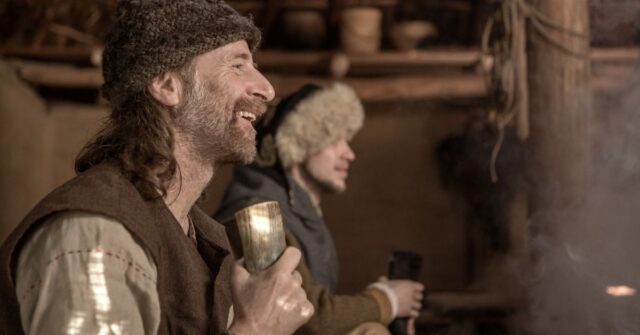
Conclusion
Drinking horns offer more than just a link to our past; they offer a unique way to enhance and enjoy the flavors of various beverages.
Through an understanding of their historical, cultural, and scientific significance, we can appreciate not just the taste but the story behind every sip.
Summary of Findings
The convergence of history, material science, and cultural practices in the use of drinking horns provides a comprehensive enhancement to the drinking experience, validated by both scientific study and historical tradition.
Future Directions in the Study of Drinking Vessels and Flavor
Continuing research into other historical drinking vessels and their impact on flavor could further enrich our understanding and appreciation of cultural drinking practices.
